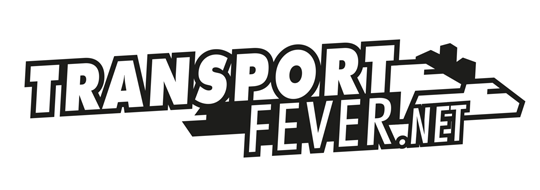Ok, so let´s get to the basics a little here.
First of all, there is the mesh. It consists of parts, tris, n-gons. This is what defines the shape of a part. Nothing more - just the shape.
And then, in order to define the looks of the part, along comes the material. This lends the mesh its outward appearance: colour, shine, reflectivity, transparency and so on.
You can see the mesh as a bare cinema screen and the material as the projector that makes it show a picture - this comparison is rather realistic in fact as the material is nothing but a picture file that is projected on the mesh and does various things to it.
Now, there are obviously various picture files in a material as in the one You have quoted above (which is none of mine, it rather seems to come from Skyjoe and Grimes). Let´s now look at what they do:
"Map_albedo_opacity" defines the colour via RGB and opacity, presumably via alpha.
"Map_normal" is the normal map, defining the surface structure.
"Map_metal_gloss_ao" defines metallic shine in the red channel, general gloss in the green and ambient occlusion (interference shade in corners of the model) in the blue channel.
"Map_cblend_dirt_rust" does the same for user-selectable colouring (defining the areas to be such treated) in red, short-term grime in blue and long-term rust in green.
"map_dirt", "map_dirt_normal", "map_rust" and "map_rust_normal" are what the map_cblend_dirt_rust" takes the structure of the dirt and rust from, so those are only to be used in conjunction with the former. Those maps are included in the game, it is well possible to use the vanilla ones and only give them some initial bias via the material.
And that said, I´ll get to Your questions now.
ad 1. Yes, the line "type=" defines the material. What You write in there will result in the game looking for the texture files associated with the requested material type, some of which have been described above.
ad 2. You can use two methods to define glass.
a. Build the parts You want to be transparent as separate meshes and use "PHYSICAL_TRANSPARENT" as material type, OR
b. Use the material type You quoted above and use the mentioned alpha channel in the map_albedo_opacity to define local transparency.
Method A is much more accurate and allows for rather precise definition of windows but comes at the cost of an increased number of tris.
Method B saves a lot of tris in the model but, texture resolution depending, may result in rather coarse and blurred borders around the windows. What You prefer is Your choice; in my aircraft, I use method A.
ad 3. Compulsory is too strong a word. But if You have a transparent part, You´ll want to have something behind it. If this is missing, You´ll end up with something like this:

...which looks weird and takes much off the models looks. Here´s a comparison how it looks with internal structure present:

So yes, once You have openings in the model, be they covered with glass or not, You´ll want to offer the eye something to look at within.
ad 4. You can just write whatever file name You like into the material, it needs not be there yet. The game can handle missing texture files quite well. If the map_albedo is missing, the model will be purple. A missing normal map will just result in a plain unstructured model. If the map_cblend_dirt_rust is not there, the model will age within seconds in the game and assume a rather apocalyptic look. And if the "metal_gloss_ao" is not found, the model will just show an uniform, not structured shine. But the game will not crash.
That way, You can just build the textures one after another without having to provide dummy ones while work is still in progress.
![]()

